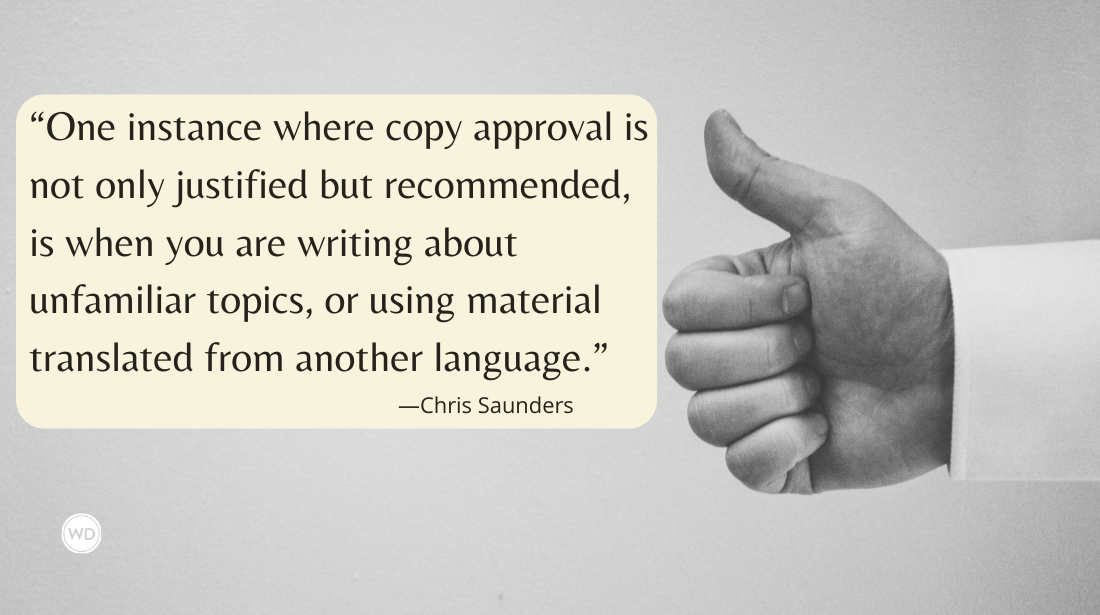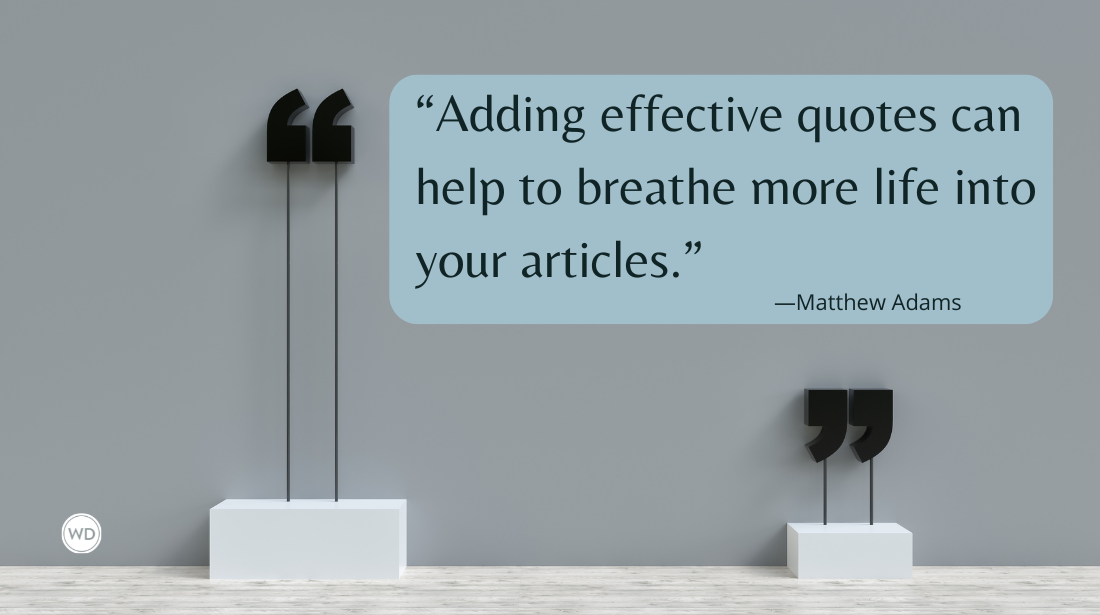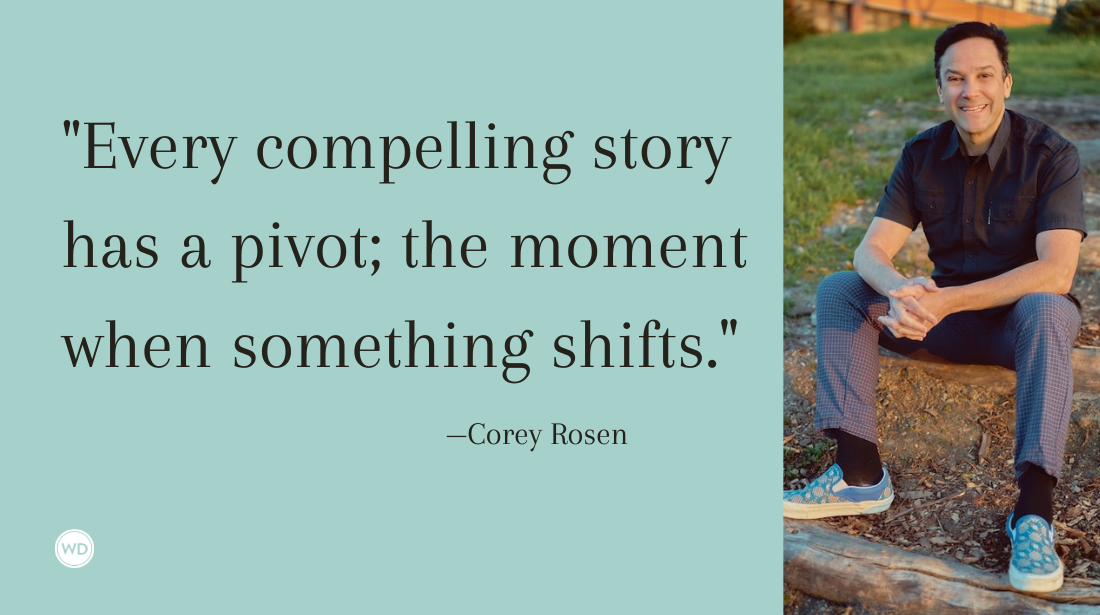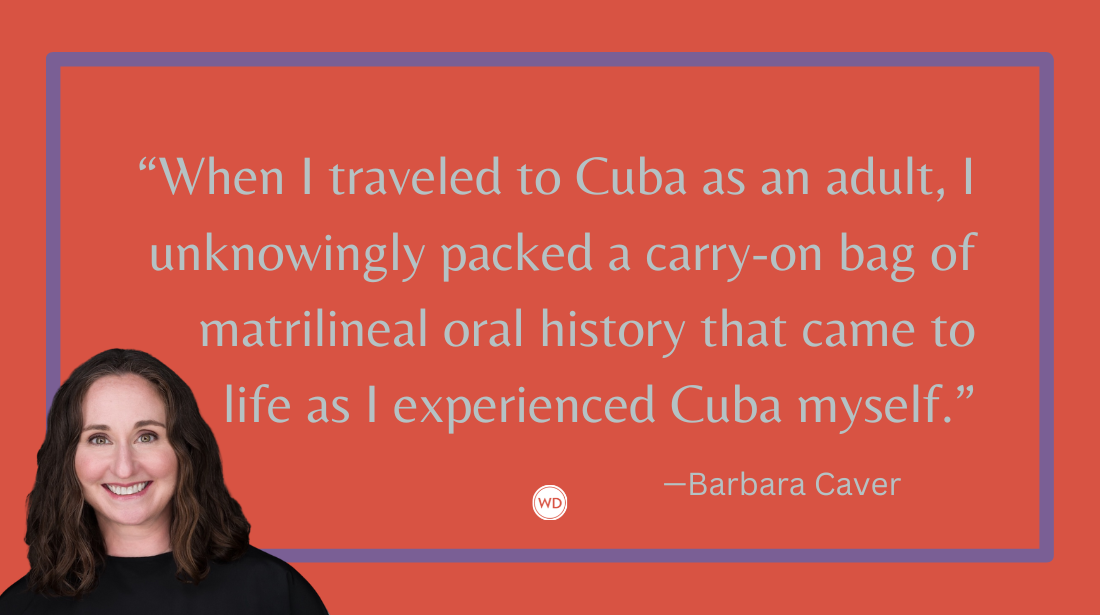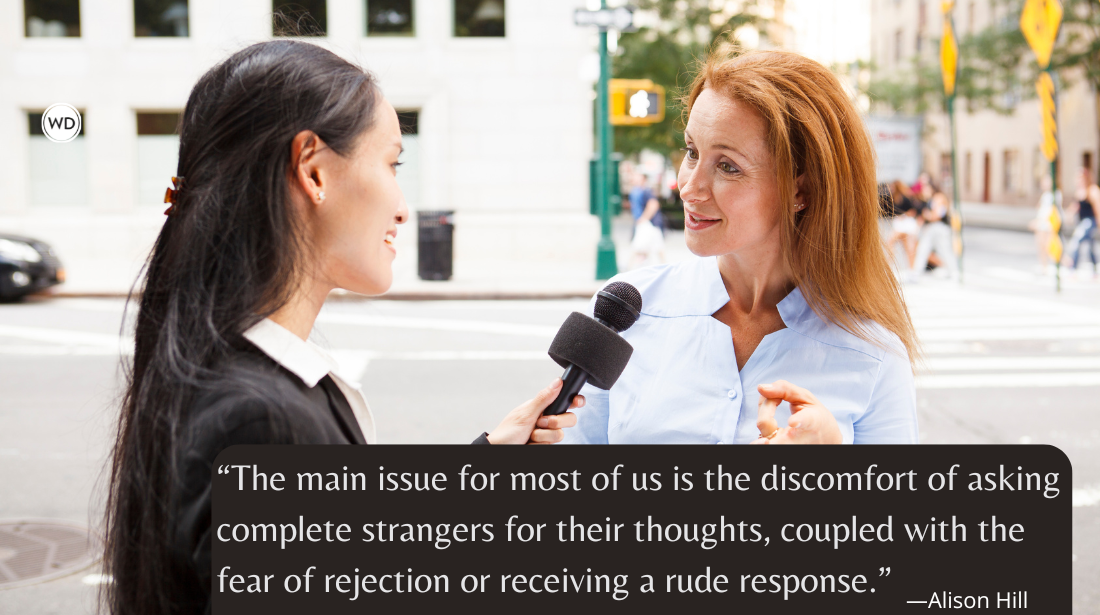How I Wrote My Book Without an Outline: Allowing for Spontaneity and Discovery in Narrative Nonfiction Writing
Award-winning journalist Michelle Young shares how (and why) she prefers to write her narrative nonfiction book without an outline.
To some, the most shocking thing about my book The Art Spy: The Extraordinary Untold Tale of WWII Resistance Hero Rose Valland is not about Rose Valland’s incredible, more-thrilling-than-fiction life, but it is that I wrote the book without an outline. This was a deliberate strategy, rooted in how I approach all my projects.
I believe that outlines and over-planning stifle creativity. It hems in a writer and does not allow for spontaneity and discovery, which is essential when researching and writing a narrative nonfiction book. This process allows for a continued questioning of source material, never allowing oneself to become too complacent with an existing dominant narrative. I believe that this methodology also keeps a writer closer to the reader experience. I allowed Rose’s story to unfold before me, just like a reader discovers a story through reading a book.
I did not always work like this. In fact, as an overachieving Taiwanese American with a “Tiger Mom,” trained as a classical cellist at Juilliard, and a graduate of Harvard College, I was accustomed to having my life planned out to the minute detail. It had led to success on paper, so why change it?
In my mid-20s, however, I left my first career in the fashion industry where I was a merchandiser for brands including Abercrombie & Fitch, J. Crew, and Calvin Klein. I had believed that my whole educational path up to that point led to my job in fashion, but I was now truly at a loss. I was creatively unsatisfied and stressed out. When I looked around my apartment, I realized it was full of books on art, architecture, and history, and I realized I had strayed far from my passions.
I decided to rethink everything I knew in the hopes of finding my way back. I backpacked around the world without a set itinerary and I went back to school at Columbia University’s Graduate School of Architecture, Planning and Preservation (GSAPP). There, I met a professor and mentor who basically threw me into a washing machine and made me question how I had been approaching work and problem solving.
Architectural pedagogy is based on the idea that work is constantly iterative. It is through feedback, repeated revisions, and small evolutions that progress is made. Sometimes, you just need to start putting pen to paper and allow something to reveal itself to you, no matter how unformed. You can’t be too afraid to begin building. It can be during the most challenging moments that an epiphany comes—struggle is part of the creative process. You work, rework, and shift things until your project is ready, with nothing ever fully set in stone. I have now been a professor in the architecture department at Columbia University GSAPP for over 10 years, teaching the same studio class that radically changed how I work.
Of course, it is not possible to go into a project as large as a narrative nonfiction book with no plan whatsoever. You must allow for an organizing principle. For The Art Spy, it was the concept of time. I wrote the first draft of the manuscript chronologically, apart from one chapter which I was inspired to write while visiting a location for research. I let the exact timeframe of the book remain loose, to be determined by the events in Rose’s life and where it felt the story should organically start and end.
From the beginning, I knew that I wanted the book to take place over the course of WWII—that it would not be a standard biography going chronologically from birth to death. I also wanted to have two concurrent storylines—Rose’s timeline and that of Alexandre Rosenberg, a Free French soldier whose father was the exclusive art dealer to Picasso, Matisse, Braque, and Léger. Rose and Alexandre’s stories skirt by each other throughout the war and finally intersect in a fantastic way at the end of the book.
I did not know if there would be enough material to carry both Rose Valland’s and Alexandre Rosenberg’s storylines throughout the whole book. But I began to write as if I did, building their stories page by page. I knew that if I hit a roadblock, I might need to throw out the work I did and I accepted that from the beginning.
I initially imagined the book might stretch in time from 1939 to 1945, which would include the German invasion of France, Rose’s work undercover as a spy in the Jeu de Paume museum—which the Nazis had taken over to loot Jewish-owned art collections en masse—and her time in Germany and Austria as a “Monuments Woman” restituting looted artwork. I knew there were holes in her story that I would have to address but I tabled them until I came to that point in her timeline, while keeping a lookout for missing material.
I found my first smoking gun in an archive in Grenoble. A first-person account of Rose’s escape from Paris, cut from her memoir, had been reproduced in an unpublished book and the manuscript was sitting in a museum archive, uninventoried. This allowed me to begin Rose’s story the summer of 1939, before WWII breaks out.
Rose also claimed to have seen the Nazis burning over 500 paintings in the Tuileries Garden in 1943 but her account had been questioned beginning in the 1960s, protested initially by the very Germans who perpetrated the horror. Since I wanted to write the book from Rose’s point of view without including any additional clarifying commentary in the text, I knew I would have to address this issue if I did not find material to prove she had been correct.
A little over a year into my research, I was trying to organize the nearly 10,000 pages of documents I had photographed from the French Diplomatic Archives, which contained all the papers Rose Valland left behind in her office when she died. One morning, I came across numerous handwritten, notarized documents in the back of one of the boxes. I recognized the names of the signees—they were the guards at the Jeu de Paume during WWII. I glanced at the words, translating the handwriting as best as I could, and immediately showed them to my French husband when he woke up. “Are these what I think they are??” I asked him excitedly.
Indeed, they were the signed, notarized testimonials of the events in the Louvre and the Jeu de Paume over two fateful days in July 1943, when the Nazis burned over 500 modern paintings by Picasso, Matisse, Dali, and others. Four guards had given their account for posterity, but they had been forgotten in the intervening years.
Writing sans outline is not for every book or for every writer. However, the concept of remaining nimble and adaptable, to allow yourself the opportunity to question existing narratives and to make new discoveries, and to give your project room to breathe to find exactly the right form to tell your story, is applicable for any creative project.
Check out Michelle Young's The Art Spy here:
(WD uses affiliate links)




